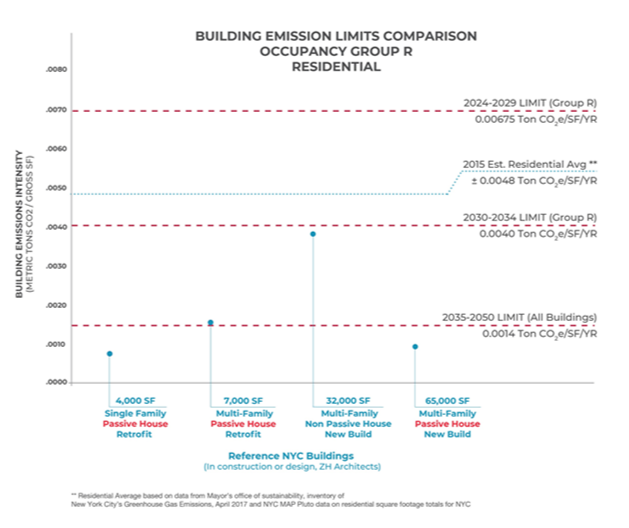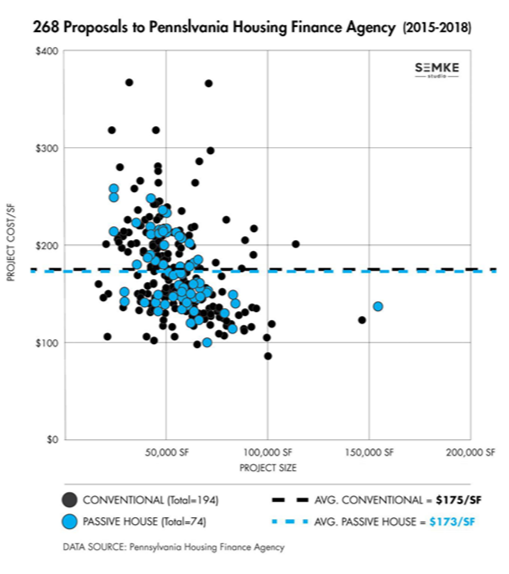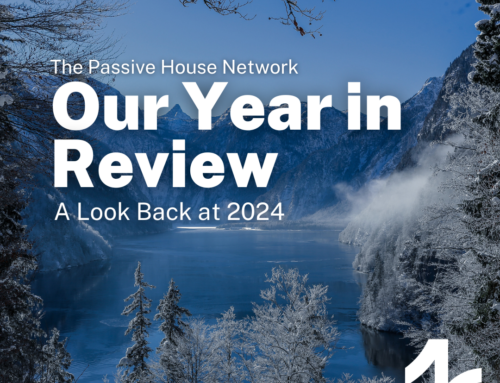Policymaking is a fickle business, fraught with pitfalls and push-backs. Some policies work and others flounder. And every now and then, a policy, code or incentive program actually generates wildly successful outcomes. These are what we looked for when commissioning articles for our first Policy Resource Guide, naturally focusing on energy- and building-specific policies and codes. Here’s the treasure map of what we uncovered and laid out for all to legally pirate. (Yes, we dare you! Because we really did find quite a few pearls and a couple of major nuggets.)
Code Framework Overhaul:
The City of Vancouver set a fire under their code team that has quite literally revolutionized the way code is developed and delivered. This code framework transformation spilled over to the Province of British Columbia, and has provided the impetus for the BC Energy Step Code, which traces it history back to the discovery of Passive House by City of Vancouver staffers.
Chris Higgins (Pg.3) and Sean Pander (Pg.5) – both of whom work for the City of Vancouver – covered this remarkable transition, which has placed Vancouver on track to beat New York in the race for the largest, tallest and highest unit numbers of certified Passive House buildings in North America. (Yes, this gauntlet has been officially thrown and the International Passive House Association (iPHA) will be refereeing the race between these two regions and keeping score to see who finds their building treasure first.)
Take-away’s from Vancouver’s success:
- Aim high (incremental code improvements have not generated innovation or market transformation)
- Align your building energy code targets with your policy goals (they added a Thermal Energy Demand Intensity (TEDI) metric that specifically link to carbon emissions to connect energy code and policy goals.)
Many paths to the same end goal:
New York City has chosen an alternate pathway and is using a very different method and metric to drive industry transformation. Stas Zakrzewski wrote about the evolution of NYC’ Climate Mobilization Act (Pg.7) as it was happening, providing great insight into what distinguishes it from previous policies aimed at reducing carbon emissions. This legislation requires NYC’s largest buildings to be retrofit to meet decreasing carbon emissions targets, until they match those set for new buildings by 2050.
Figure1: Graph showing NYC’s Climate Mobilization Act’s Building Carbon Emission Targets for existing buildings, 25,000 SF and larger. Image Credit: Copyright NAPHN 2019, Policy Resource Guide.

Stas graphically demonstrates how a number of his own projects are stacking up against these rigorous new targets and points out that while “this bill is aimed at existing buildings, the year after a new building is built it will be subject to the requirement to report emissions and subject to potential penalties if over the limit.” This means building to Passive House NOW is clearly the most cost-effective option for all new buildings in NYC.
Other Nuggets and Pearls:
Both Andreas Benzing (Pg.9) and Steve Mann (Pg.15) outlined Reach and Stretch codes being adopted in their respective regions of New York State and California that practitioners and policymakers alike may find enlightening. Matt Hutchins (Pg.17) outlined the transformation taking place in zoning policy in both Minnesota and Oregon, where city planners are leading the way in ‘plexing’ their single family neighborhoods to allow for increased density. While this isn’t a Passive House-specific policy, we felt this topic was important enough to include in this guide. (After all, good climate action policy must address efficient land use!)
 Figure 2: Graph showing number of North America’s Certified Passive House Professionals by State and Province. Image Credit: Copyright NAPHN 2019, Policy Resource Guide
Figure 2: Graph showing number of North America’s Certified Passive House Professionals by State and Province. Image Credit: Copyright NAPHN 2019, Policy Resource Guide
Finding a tipping point:
While our policy discovery journey didn’t quite reach the ends of the earth, it did cover the edges of the continent, looking to find policies that were specifically driving implementation. What we found surprised even us. We found that Passive House ‘bright spots’ aligned directly with locations where policymakers and practitioners were actively cooperating and collaborating. More specifically, we found that strategic grant funding to supplement Certified Passive House Designer/Consultant and Tradesperson trainings held the key to transforming a local marketplace and is the specific reason why both New York and Vancouver’s markets are accelerating so rapidly! Bronwyn Barry scaled those peaks and valleys on Pg.14.
The Sleeper:
Lastly, Zack Semke (Pg.23) unearthed a major nugget in his article as he detailed the progress being made by the Pennsylvania Housing Finance Authority (PHFA.) Not only did Zach identify why Pennsylvania’s state tax credit program is so much more successful than other similar programs that also provide credits to Passive House projects – you gotta read it! – but he revealed that their Passive House projects are now cheaper than code compliant projects to build. This is HUGE.

Figure 3: PHFA’s Affordable Housing Tax Credit Program tracking code compliant and Passive House projects. Image Credit: Copyright NAPHN 2019, Policy Resource Guide
While we hope you enjoyed this overview of our Policy Resource Guide, it’s a poor substitute for discovering the treasures contained within its pages for yourself. We extend our thanks to MP Boston for supporting this Guide as our lead sponsor, plus the ongoing support of FourSevenFive High Performance Building Supply and Rockwool for additional funding of our general HQ operations. NAPHN would also like to thank Mary James for contributing her professional editorial guidance and oversight to this project and to all the article authors for their outstanding contributions to this invaluable resource. Now go ahead and DIG IN!
Your NAPHN Board
August 2019




